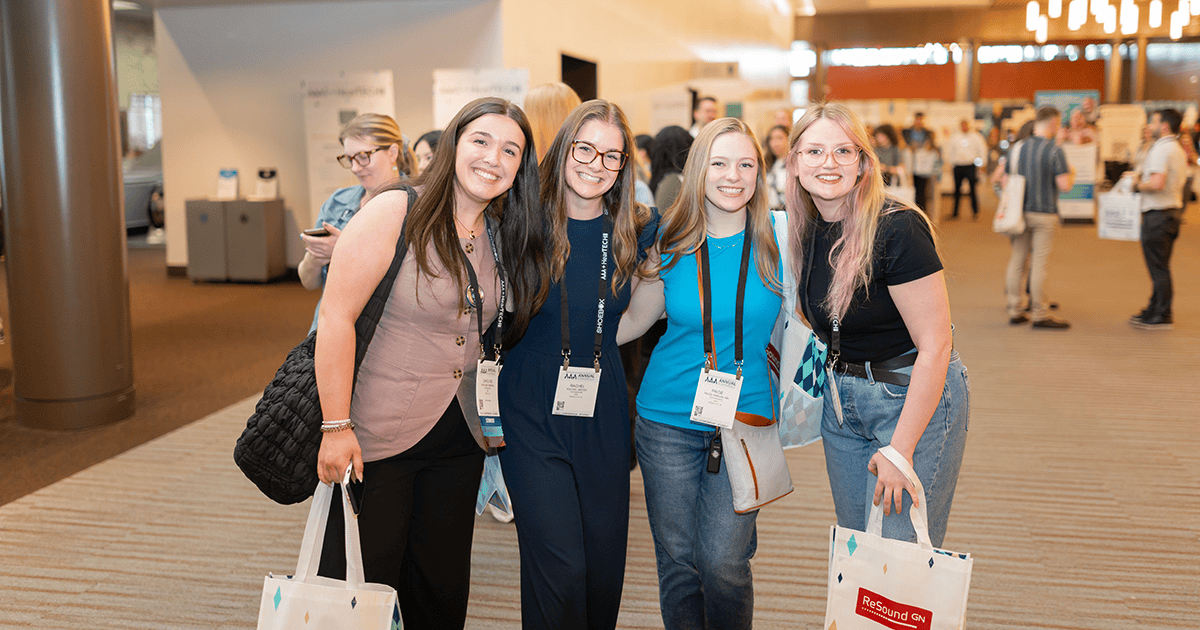Work Together, Stay Informed, and Help Flatten the Curve
The message from the CDC and from your state and local governments is clear: The goal in navigating the COVID-19 pandemic at present is to flatten the curve. This means that containment of the COVID-19 virus is not possible, as you are aware from news reports. Without a vaccine or treatment, the only way to manage this with the health-care resources in the United States is to spread the number of infected people over time (flattening the curve).
This spreading out allows our health systems the bandwidth to care for ill people. In other words, if everyone is ill at the same time, more people will die because there is no way to provide enough care. If this same number of people are ill but enter the health-care system at different points over an extended period of time, the health-care system can more effectively manage care and many more people will survive.
The only way to flatten the curve is to practice social, or rather physical, distancing; literally to keep people physically away from each other. To this end, all “non-essential” businesses are being asked to “close.” Although this must happen no matter where a region is in terms of the virus, the sooner an area does this the better the result in terms of decreasing new cases of the virus and slowing the spread.
Many feel the concept of “non-essential” and “closed” are difficult depending on what you do and how you feel about what you do. Most people feel their business is essential for one reason or another. An “essential” business is defined as “life-sustaining.” This could be a hospital or a grocery store and will include businesses that supply groceries and resources for hospitals. There are other examples, but you get the idea. This means that without these businesses, lives would most likely be lost. “Closing” means closing your doors—not seeing anyone in person. It does not mean cutting off support from your customers/patients. The only way to flatten the curve is to stop people from interacting in person and one way to cut down on person-to-person contact is to close the doors of non-essential businesses.
Is providing support to individuals so they can hear and stay connected to loved ones during this time, access news reports and other important information, and support the hearing devices that may be worn by essential personnel (physicians, law enforcement, etc.) essential? Absolutely. However, the current need to keep people from face-to-face encounters requires that these services be provided creatively, using technology that allows physical distancing.
Audiology practices are “non-essential” in terms of the life-sustaining definition. We need to close our physical doors, so individuals do not come in person. As the CDC recommends, we need to all behave as if we already have this virus. We need to stay away from everyone and keep them away from us. But at the same time, we need to support our patients and provide the very essential care that promotes and supports communication. We must be innovative and figure out how to do this virtually. Some of you already do this and for others, you’ll need to gear up immediately. Virtual care can be as simple as making sure you update your website and signage on your door, so people know how to reach you by phone.
You can provide a tremendous amount of care virtually including trouble shooting non-functioning devices or suggesting amplification apps used with headphones that could help until a person can see you again. Perhaps mailing simple amplifiers to individuals in assisted living or skilled nursing whose hearing aids may not be functioning to help them communicate. You may have a first responder whose hearing aid is lost or damaged; you can manage this replacement without ever seeing this person at a time like this, it just takes some creativity.
The most important thing we can do to protect our patients right now is shut our physical doors and support them through telehealth mechanisms. I do not mean to imply this is easy or that this doesn’t have a tremendous cost to our practices. It does, but we must do no harm and we must be part of the solution that flattens this curve.
The Academy is engaged with Congress at this time requesting inclusion of reimbursement coverage of audiologists in the COVID-19 relief legislation. The Academy also has supported the language to include health-care providers in the small business loan proposals that are going before Congress. The staff and Academy leadership will be relentless in seeking legislative and regulatory solutions to support our members in private practice and other practice settings.
We must all work together to stay informed and seek innovations in practice during this time as we support the public health measures being recommended by the CDC and our local, state and national governments. For additional information, you may want to visit the Academy’s website for COVID-19 Clinical Recommendations, articles on telehealth, including the Tele-audiology toolkit, and other COVID-19 resources.
Stay at a distance, wash your hands, and don’t touch your face—the best advice the CDC can give at this time. Be well.
Sincerely,
Catherine Palmer, PhD, Academy President
Angela Shoup, PhD, Academy President-Elect
Lisa Christensen, AuD, Academy Past President
American Academy of Audiology Executive Committee
Recent Posts
Unlock the True Worth of Your Expertise
New Amplify Your Value Track at AAA 2026 Designed for audiologists and practice leaders, our new Amplify Your Value track empowers you to rethink how…
The Deaflympics Receives Sport and Performance Psychology Support
The Deaflympics will celebrate its 100th birthday this year. It is the second-oldest international sports competition in the world, second only to the Olympics. Sport and performance…
Support for Congenital Cytomegalovirus Screenings
Congenital cytomegalovirus (cCMV) is the number one cause of non-genetic sensorineural hearing loss (SNHL) in children. One in every 3 children is infected by age 5,…


